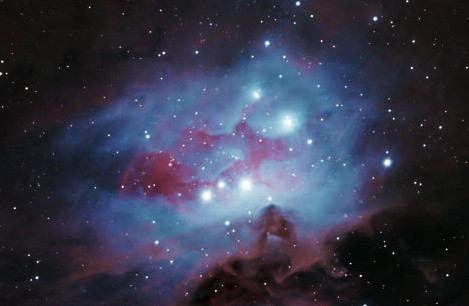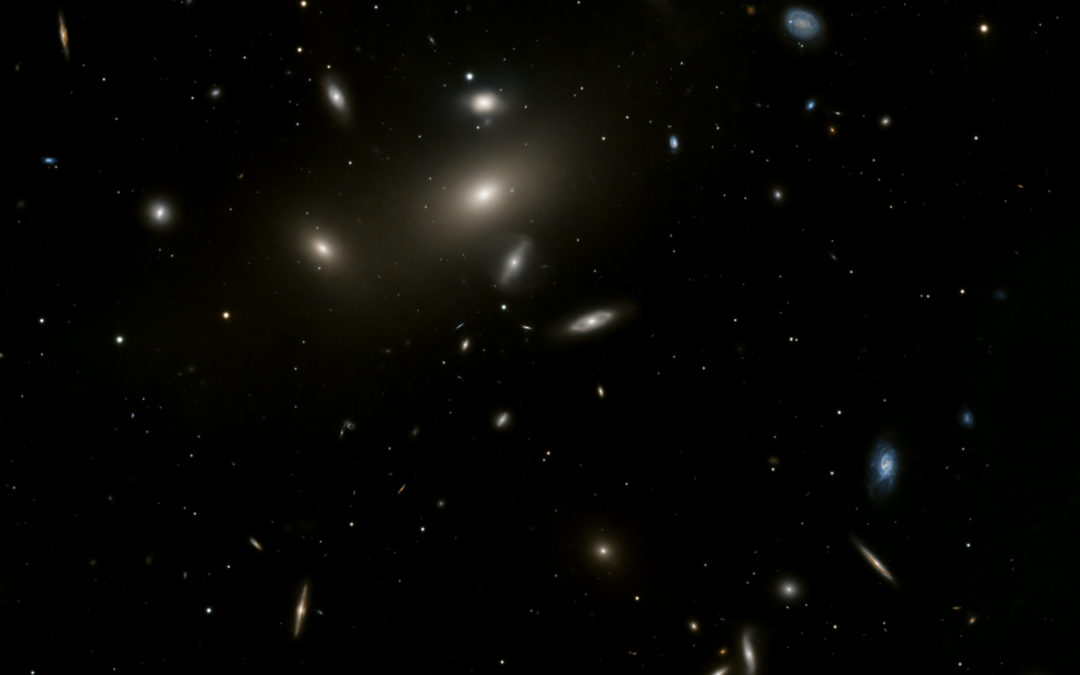
by manuelcp.astro@gmail.com | Oct 26, 2025
Abell S0805 Constellation: Pavo Abell s0805 is a galaxy cluster in the constellation of Pavo. Its brightest galaxy is IC 4765. Link to interactive sky chart. The candidate supernova AT2025tpu was caught during image acquisition. AT2025tpu is located in the host galaxy...
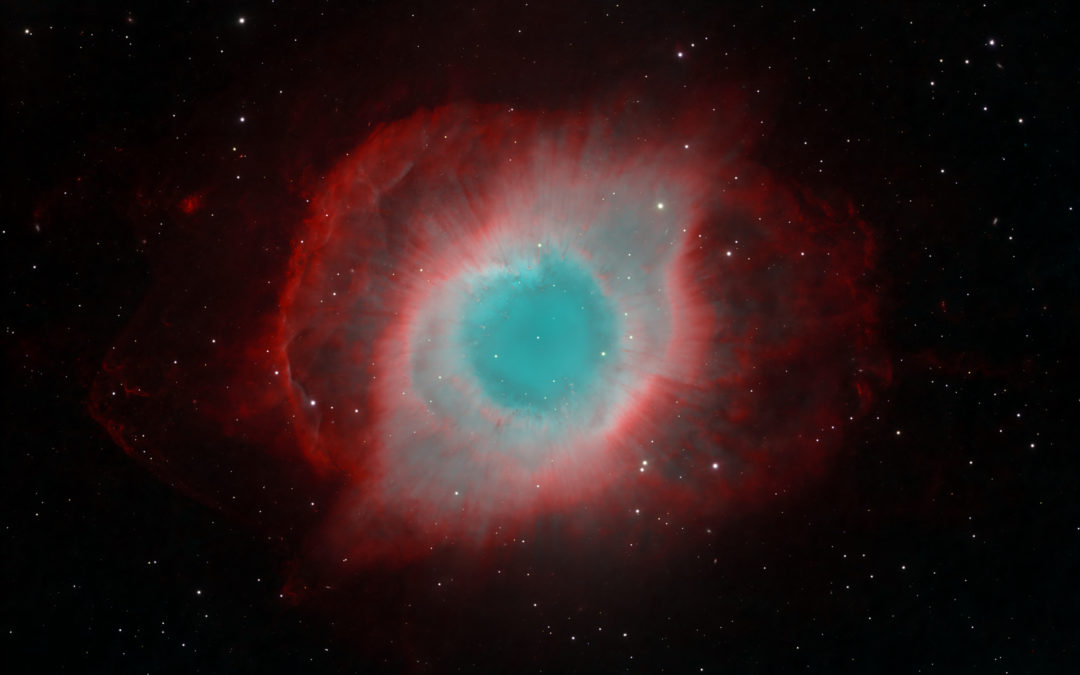
by manuelcp.astro@gmail.com | Oct 23, 2025
NGC 7293 Constellation: Aquarius NGC 7293 (a.k.a. Helix nebula or Caldwell 63) is a planetary nebula in the constellation Aquarius. It is one of the nearest planetary nebulae and is 655±13 Ly away from Earth and is about 10’600 year old. Link to interactive sky...
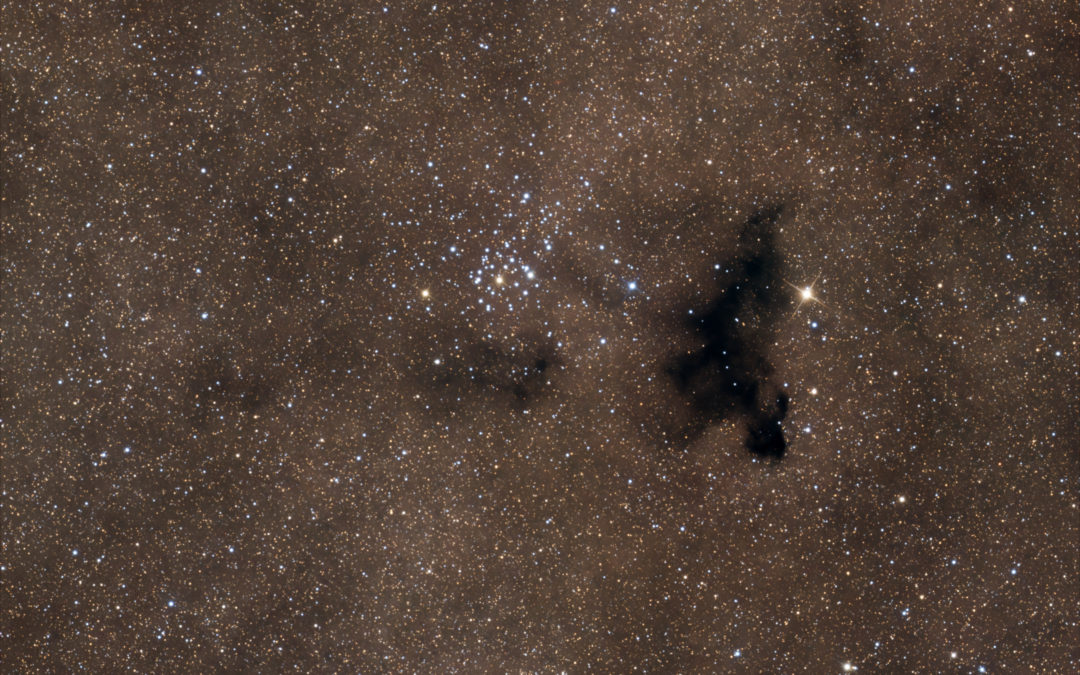
by manuelcp.astro@gmail.com | Aug 19, 2025
NGC 6530 and Barnard 86 Constellation: Sagittarius NGC 6520 is an open cluster in the constellation of Sagittarius. It is located approx. 5’235 Ly from Earth. This is a young cluster with age estimates between 150 to 190 million years. However, the presence of...
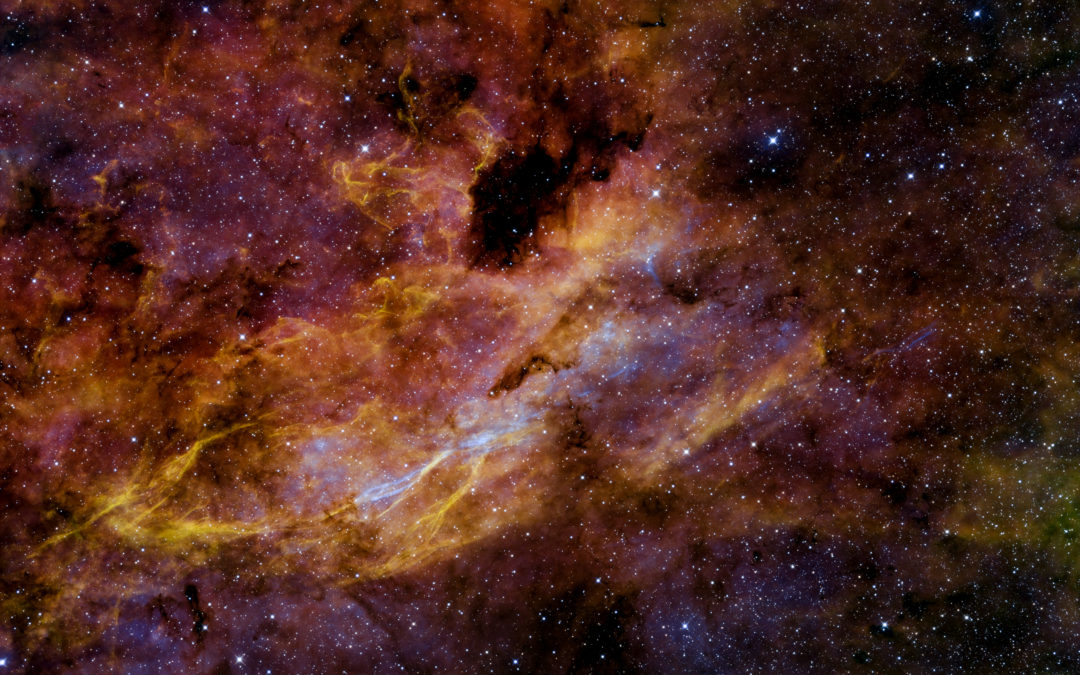
by manuelcp.astro@gmail.com | Aug 3, 2025
DWB 41 and LBN 113 Constellation: Cygnus DWB 41 is an HII region in the constellation of Cygnus. LBN 223 (LBN 076.90+03.21) is the southern part of DWB 41, and DWB 35 is the bright streak-shaped nebula to the West of LBN 223. The dark nebula to the North is Barnard...
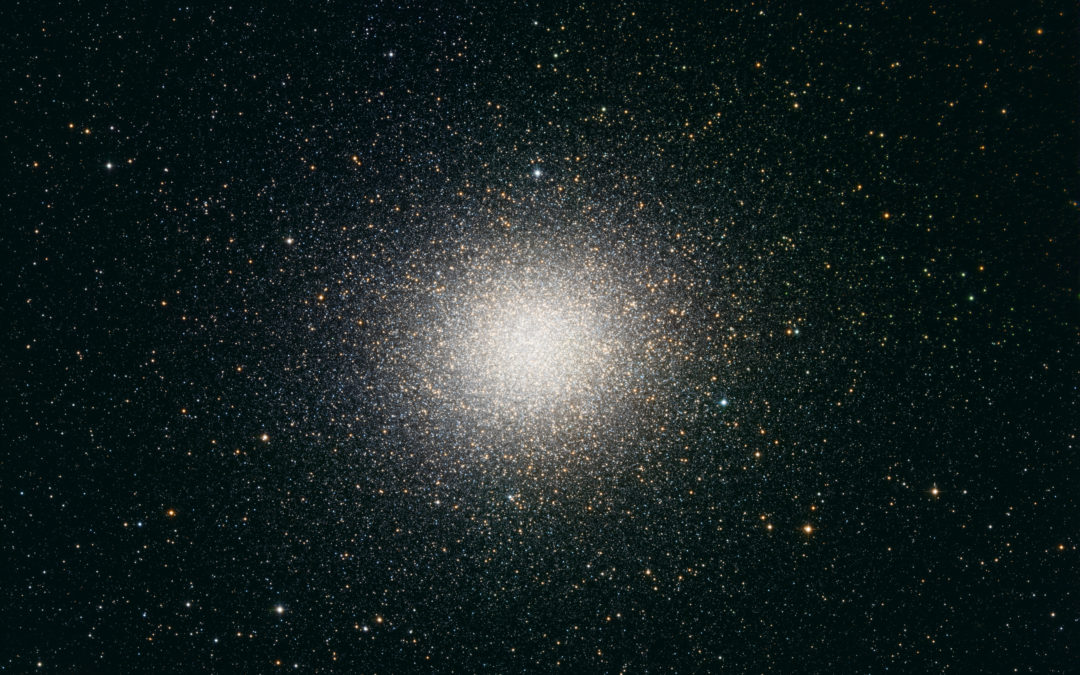
by manuelcp.astro@gmail.com | Jul 24, 2025
Omega Centauri Constellation: Centaurus Omega Centauri (a.k.a. ω Cen, NGC 5139, and Caldwell 80) is a globular cluster in the constellation of Centaurus. It is 17’090 Ly away from Earth. It is the largest globular cluster in the Milky Way with a diameter of...






